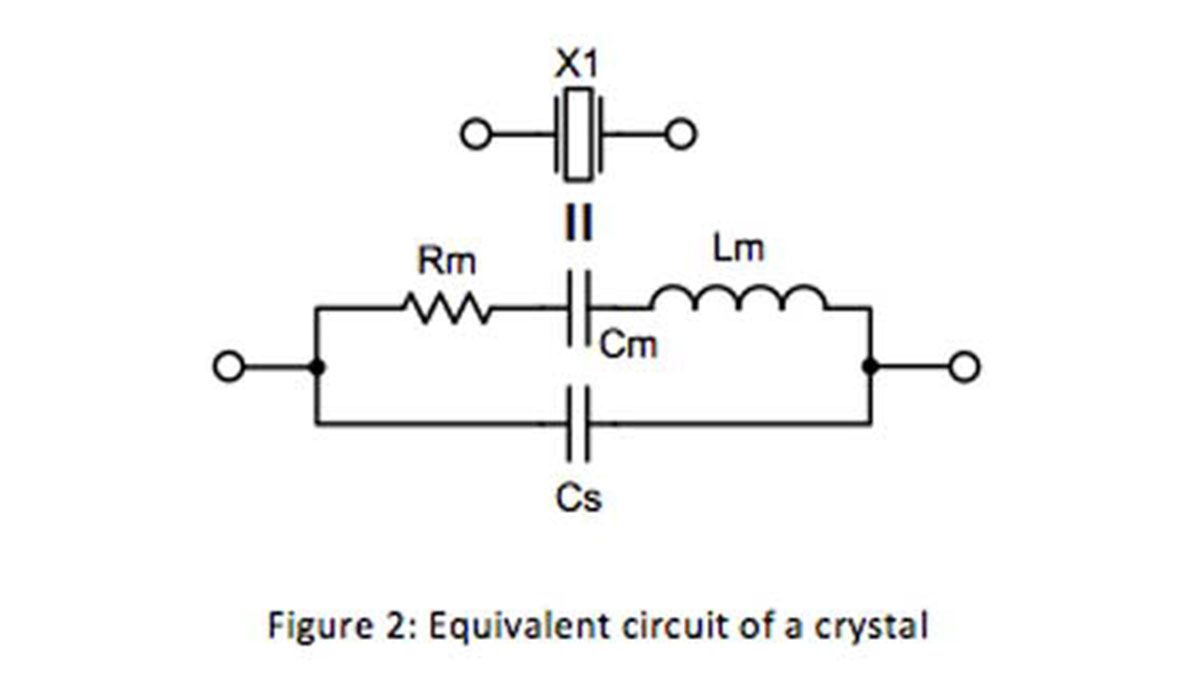our modern era, digital logic has become the core of all the electronics circuits either in the form of an FPGA, microcontroller, microprocessor, or discreet logic. Digital systems use many components that must be interconnected to perform the required functions. The vital element for proper operation of such a digital system is a CLOCK signal that enables all these digital components to communicate and establish synchronization between them. Hence, we always need a source to generate this clock signal.
This source comes in the form of an oscillator. Although most of today’s microcontrollers have an integrated RC oscillator, the clock generated by such an internal RC oscillator is typically not good enough to support the precision required for communication with other modules in the system. Thus, an external oscillator is required that can provide a clock signal to the complete system and yet meet all the requirements for precision, signal integrity and stability.
This article concentrates on the various aspects of an oscillator for accurate clock generation over temperature and time. Topics covered include:
- Oscillator – Basic criteria for oscillation
- Quartz crystal oscillator
- Oscillator and stability
- Q factor and it’s importance
- Different types of crystal oscillator
Subsequent parts of this article will cover design and provide more detail on:
- Pierce crystal (XO)
- Voltage Controlled Oscillator (VCXO)
- Temperature controlled oscillator (TCXO)
- Oven controlled oscillator (OCXO)
- Importance of Negative Resistance
What is an Oscillator?
In electronics, any circuit which is capable of generating a repetitive signal without any input can be termed an oscillator. In simple words, an oscillator converts DC energy into AC energy of the desired frequency. This oscillation frequency is determined by the constants of those elements which were used in designing of an oscillator. An oscillator circuit generally uses an amplifier with positive feedback; in order to maintain the oscillations, circuits must adhere to the Barkhausean criteria; i.e. the gain of the closed loop oscillation system must be unity and the phase shift around the loop must be 2nπ, where n can be any whole number, as shown in Figure 1.
For More Details: Oscillators: How to generate a precise clock source

